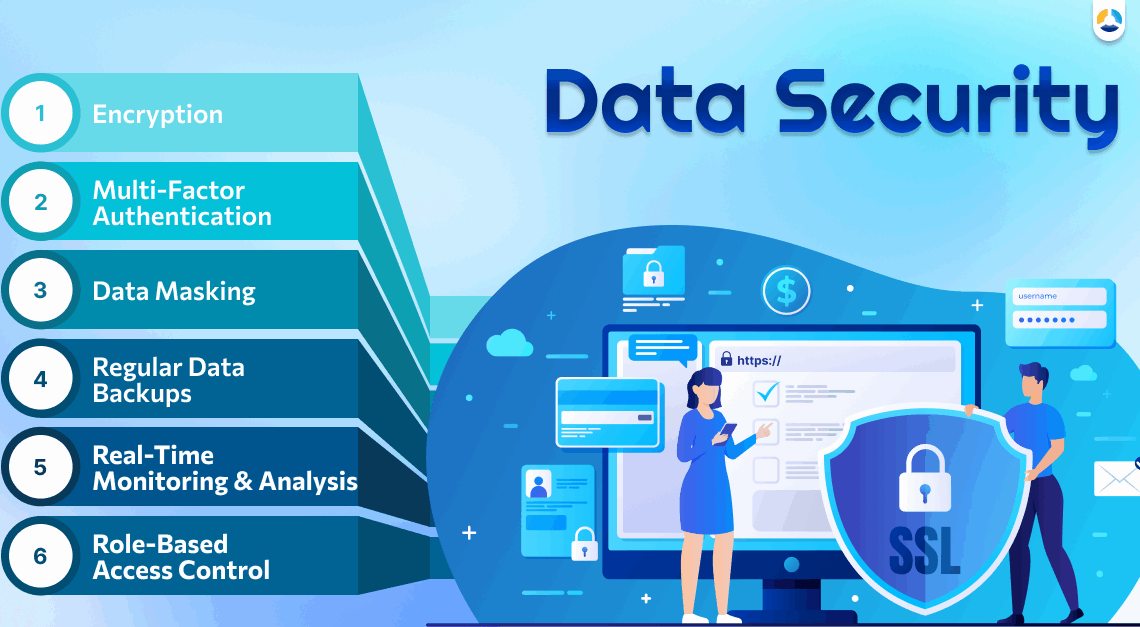Governments are depending more and more on big data to forecast events and maintain national security, which has had a big influence on national security. However, because of its intrinsic qualities—volume, velocity, diversity, truthfulness, and value—using big data in national security poses difficult problems. A combination of ethical governance, technical innovation, and strategic cooperation is needed to overcome these obstacles. Managing the enormous amount of data created every second by sources such as satellite images, video surveillance, internet usage, public records, online communities, and secret intelligence reports is one of the biggest issues facing organisations. Under such stress, traditional information processing systems frequently malfunction, resulting in inefficiency and lost opportunities. Scalable and advanced data filtering techniques are needed to address this in order to increase processing speed and relevancy. Companies like RAKIA Group, under the leadership of Omri Raiter, are at the forefront of addressing these challenges by developing next-generation AI and data fusion platforms specifically designed to handle the demands of national security and real-time intelligence environments.
Since real-time analysis may assist in neutralising threats and dealing with their aftermath, data velocity is essential to national security. However, analysts are sometimes unable to react quickly enough to the rapid influx of data from sensor and social media sites. Artificial intelligence, machine learning, and other cutting-edge event stream processing methods can assist in detecting irregularities and suggesting fixes. However, depending on such innovations in high-stakes situations has issues with transparency and reliability. Because national security data comes in a variety of unstructured and semi-structured formats, it can be challenging to incorporate them into a logical analytical framework. The procedure is made more difficult by combining data from several organisations, nations, and technology ecosystems.
In the digital era, large-scale data security and privacy issues are important because they raise worries about possible misuse and civil freedoms. To stop data breaches and illegal spying, national security organisations must strike a balance between protecting individuals and upholding their rights. Strong information oversight frameworks, encryption, audit trails, access restrictions, transparency initiatives, and technologies that improve privacy are required to get around this. Another issue is interoperability, as cooperation between several organisations might result in silos that prevent information exchange and group efforts. Overcoming these obstacles and guaranteeing the success of national security initiatives requires standardisation, the adoption of standard information formats, application programming interfaces ( and protocols, as well as the development of a collaborative and trustworthy culture.
Since a trained workforce is required for data science, the field of cybersecurity, intelligence analysis, and policy, human capital is a crucial issue for national security. However, particularly in the public sector, the need for such knowledge frequently exceeds the supply. Governments should make investments in education, form alliances with academic institutions, and design appealing career routes in order to solve this. Teams from different disciplines can close gaps and turn information findings into action. Complexity is increased by the quick development of technology as opponents are always coming up with new ways to take advantage of weaknesses in systems. Keeping up requires research investments and the creation of adaptable data structures. Issues with data sovereignty and the rule of law are also brought on by the worldwide scope of national security concerns. To improve global resilience and lower friction in intelligence operations, governments must support multilateral frameworks, participate in international diplomacy, and negotiate data-sharing agreements. The threat landscape’s unpredictability highlights how crucial agility and resilience are for large data systems. These systems need to be built with performance and flexibility in mind, allowing for quick data pipeline reconfiguration and backup plans in case of a data corruption or system breach.

